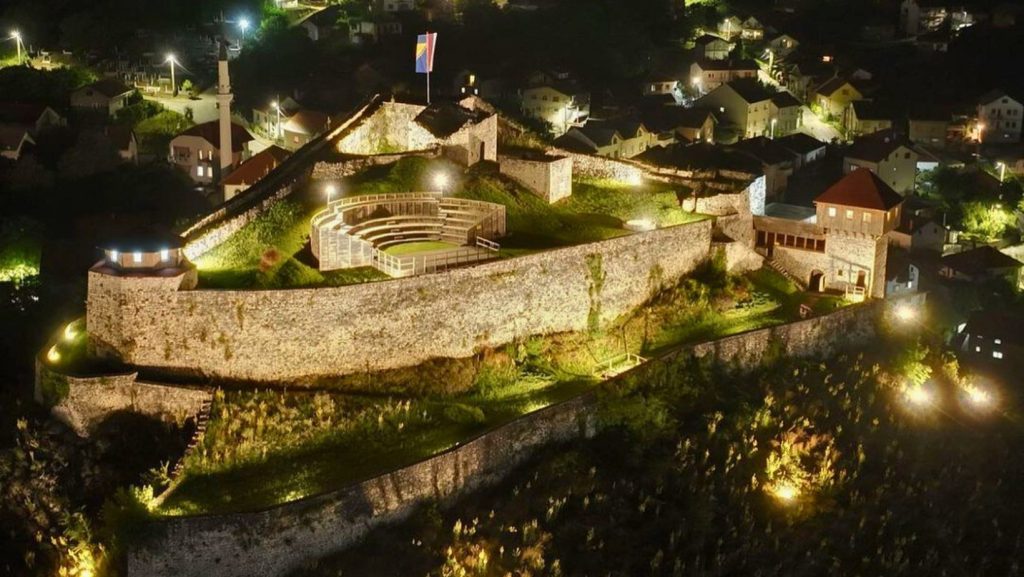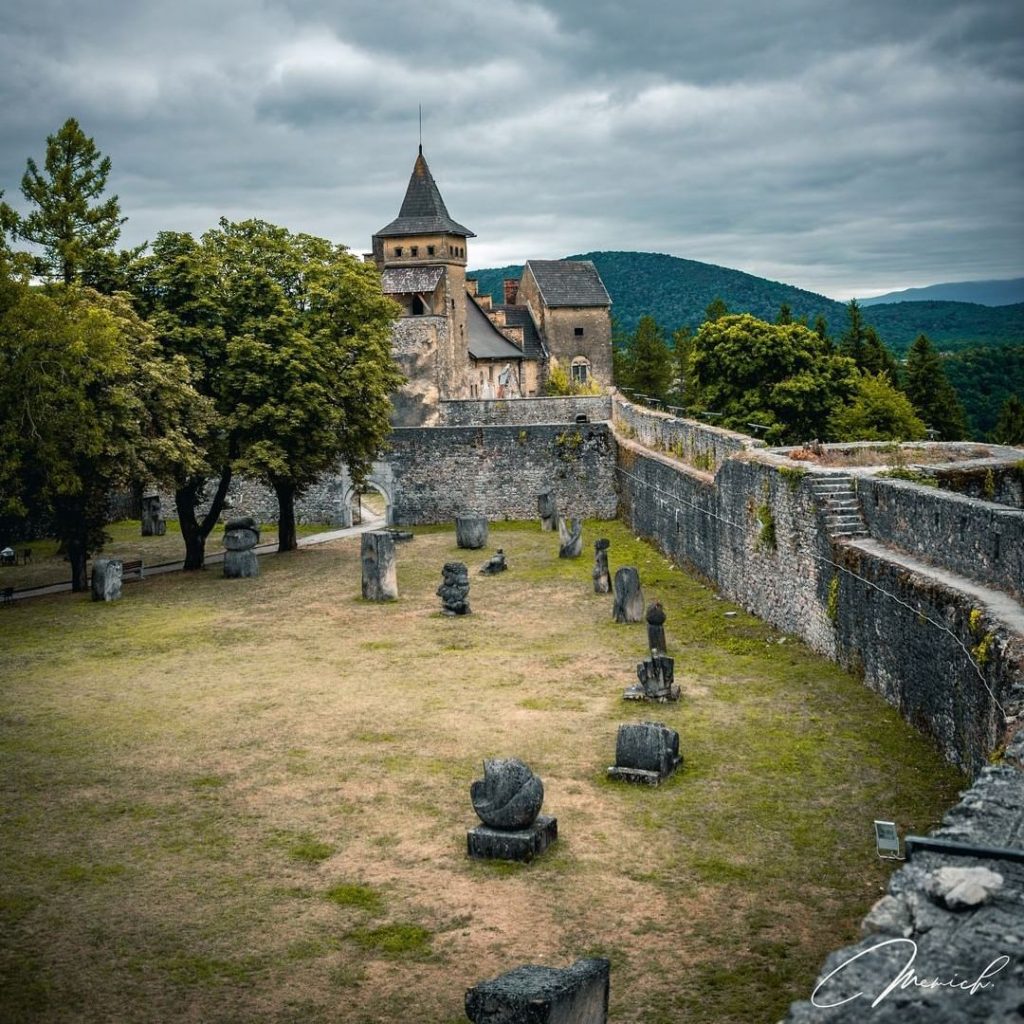
…A Journey Through History…
Travel back in time as you explore the remarkable Ostrožac Castle, a true jewel among the medieval fortresses and towns scattered across the picturesque Krajina region.
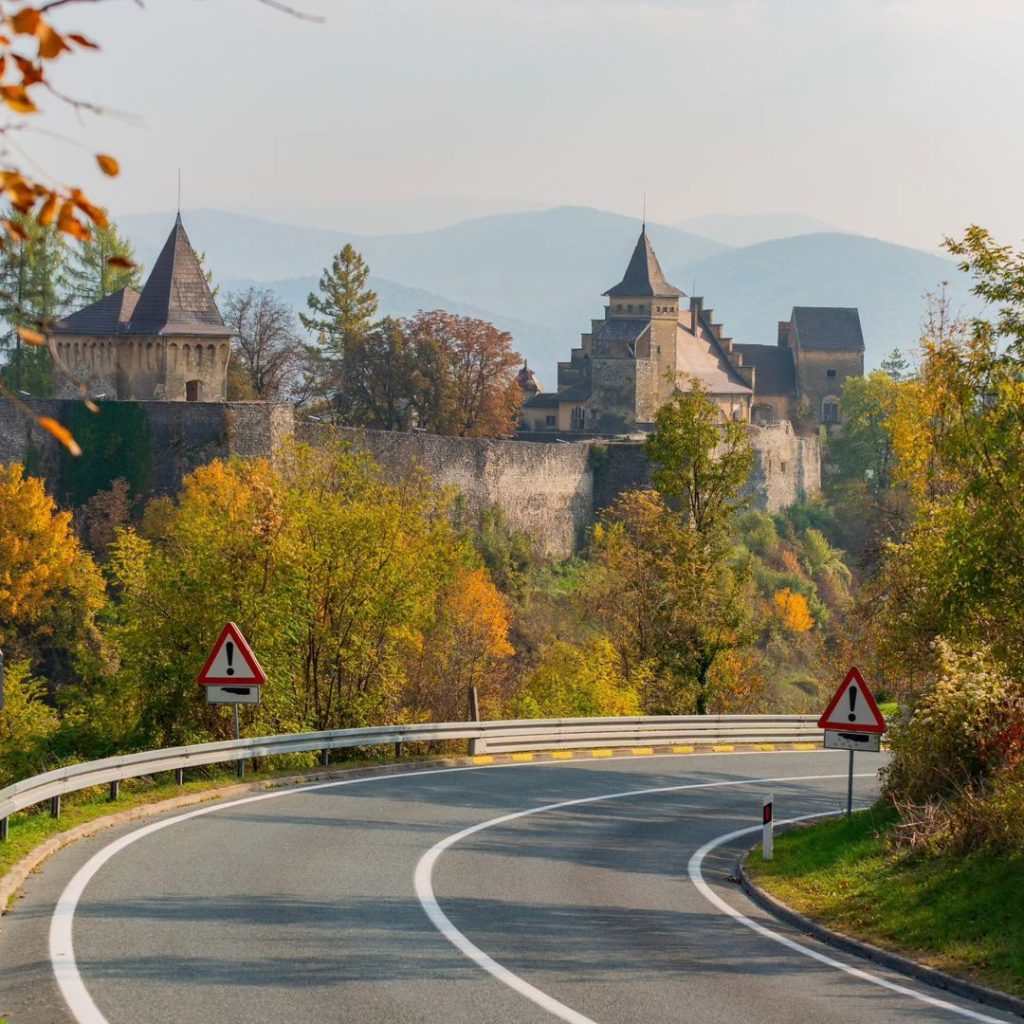
Its history is deeply intertwined with the turbulent events that unfolded in this area, and it has stood the test of time, undergoing numerous renovations and adaptations according to the preferences and needs of its owners.
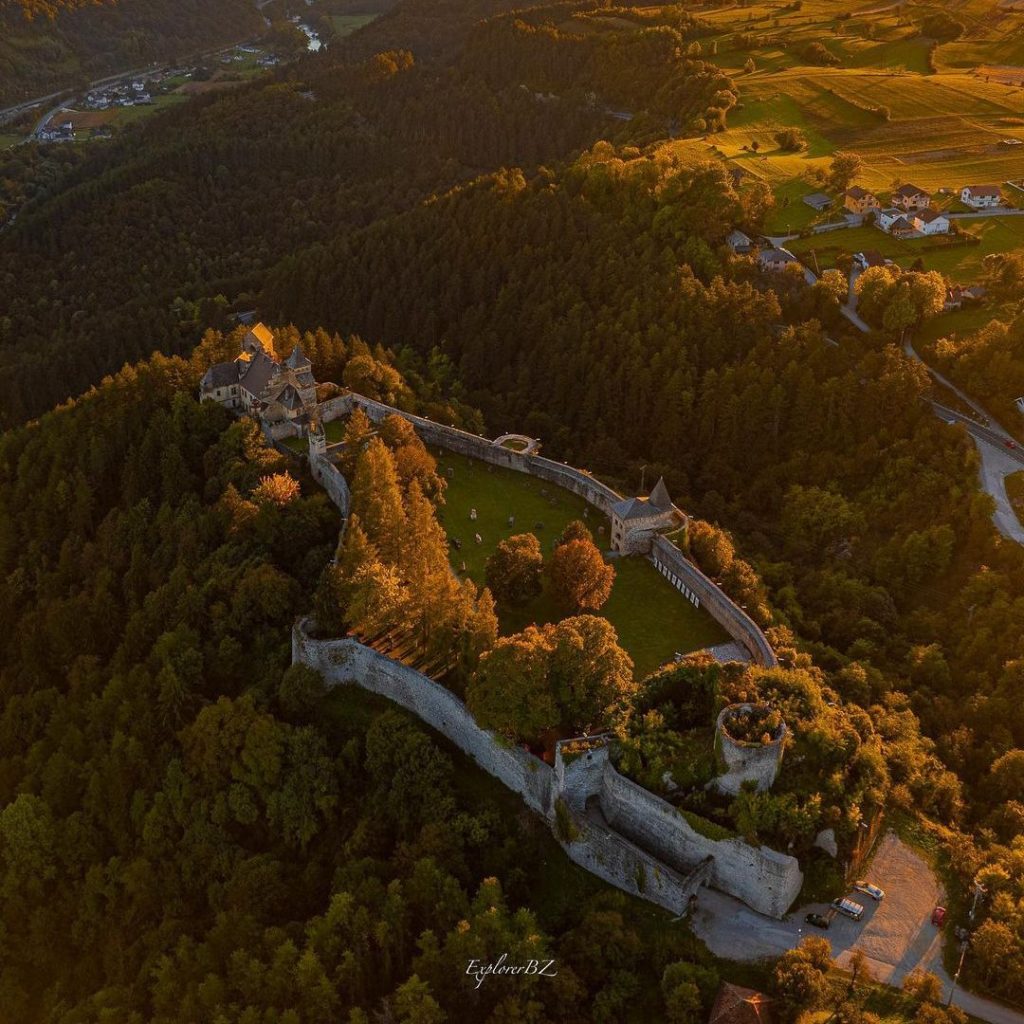
Ostrožac Castle, an national monument comprises a medieval fort, a fortress from the Ottoman period, a castle of Lothar von Berks and a collection of sculptures located in the natural surroundings of the castle.
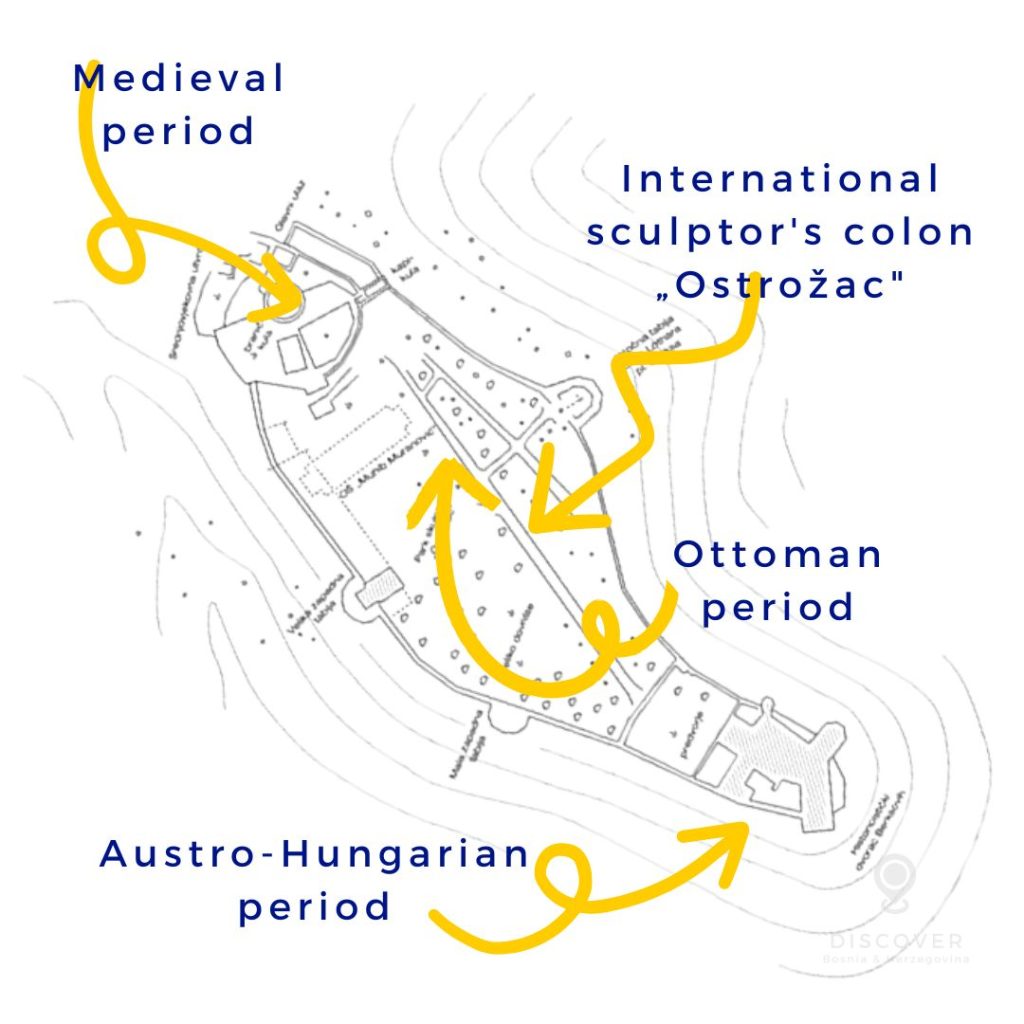
Medievel Period
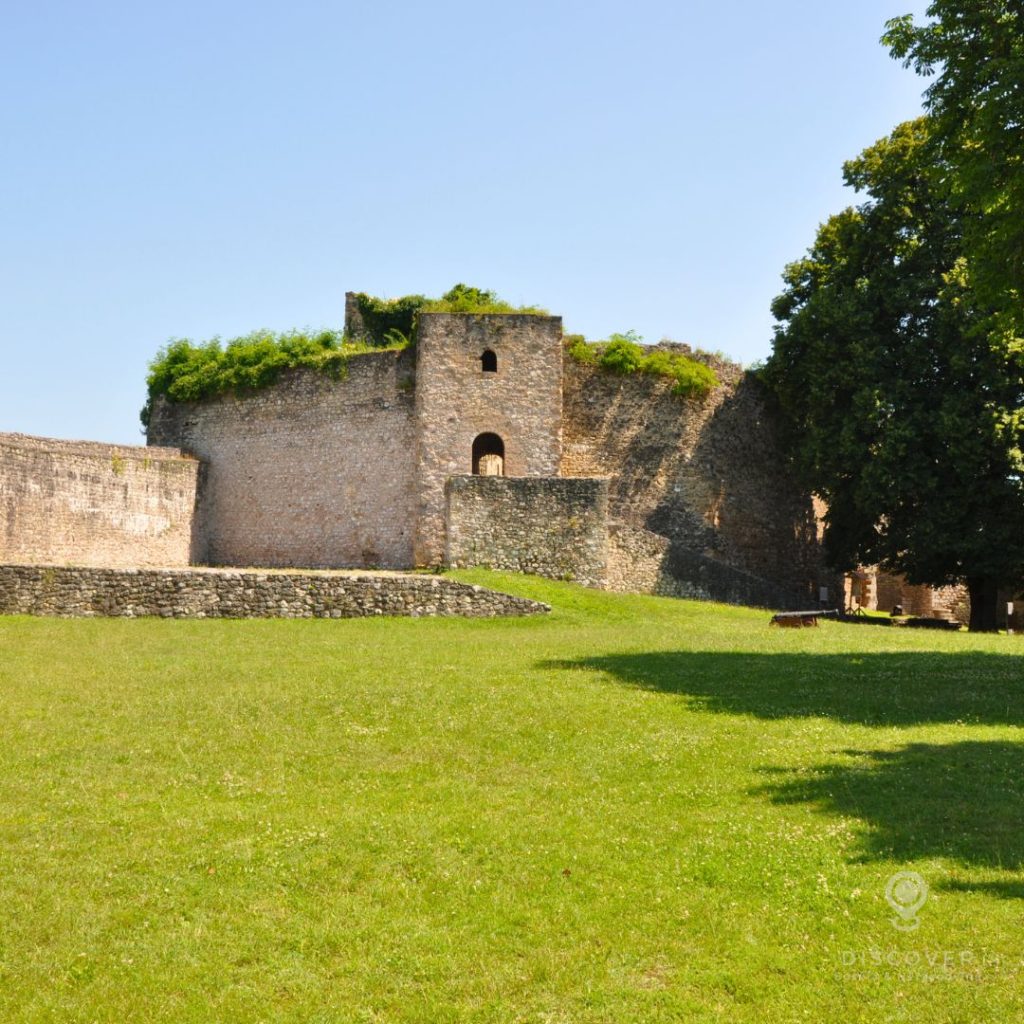
Dating back to 1286, Ostrožac was first documented as a property of Prince Babonjić from Blagaj. Witness the architectural marvels of this era with the construction of a defense tower on the northern side of the city, complemented by high walls, a drawbridge, armoury, bastions, and a casemate.
It’s believed that Ostrožac held significant importance, possibly serving as the residence for its rulers.
During the Ottoman invasion, General Ivan Lenković and 40 soldiers defended Ostrožac, making it a crucial part of the defense line against Ottoman attacks on Vojna Krajina. Despite their efforts, it wasn’t until November 13th, 1577, that Ferhad Pasha Sokolović successfully stormed and conquered the city after over a century-long struggle.
Ottoman period
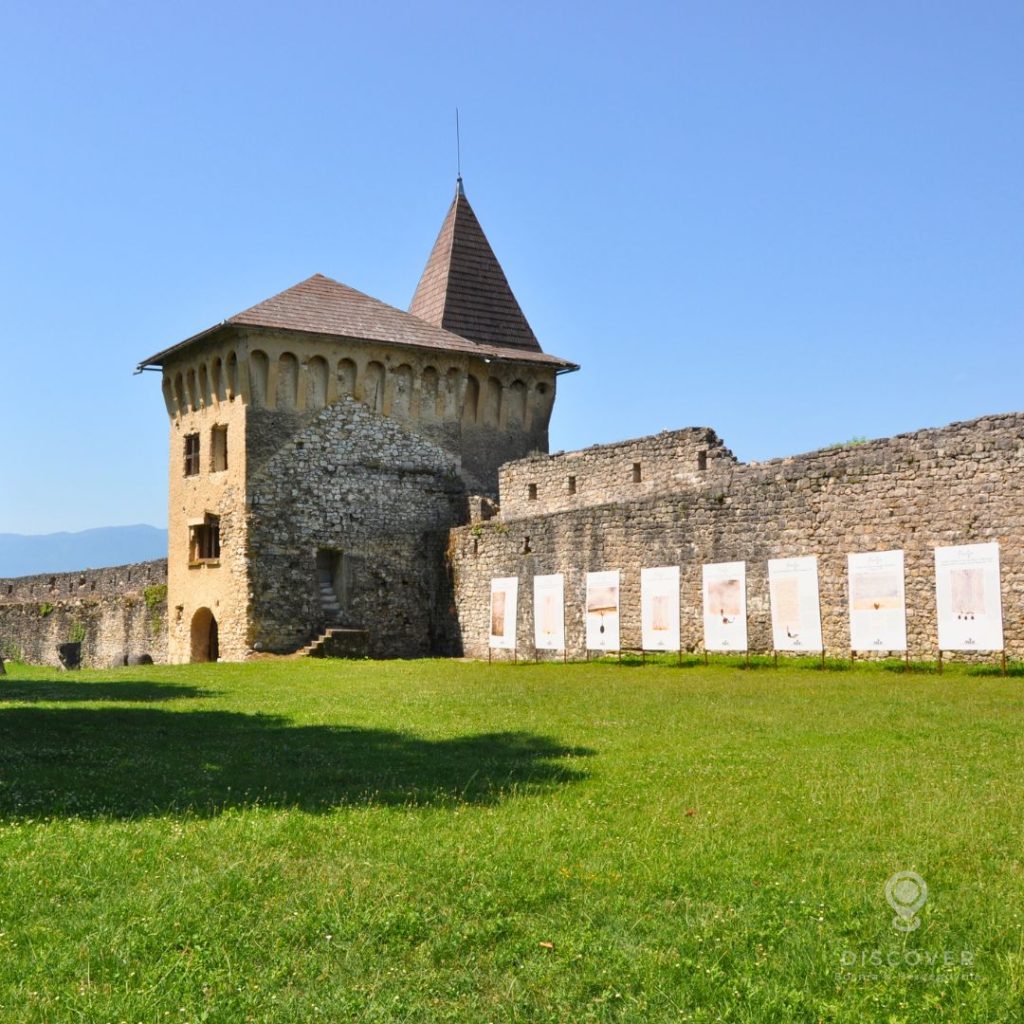
Serving as the headquarters of the sanjak from 1578 until the Ottoman conquest of Bihać in 1592, Ostrožac emerged as a pivotal hub in the region. Following the relocation of the sanjak’s headquarters, Ostrožac became the center of one of the most strategically important captaincies within the Bosnian eyalet, encompassing Cazin, Stijena, Podzvizd, Peći, Kladuša, and Šturlić.
During the Ottoman era, Ostrožac thrived, boasting a formidable defense force of 4150 soldiers and 41 cannon, solidifying its status as the strongest town in the area. Governed by the esteemed Beširević family for nearly 300 years, Ostrožac witnessed remarkable construction endeavors, notably under the leadership of Osman agha Beširević. Osman agha fortified the city walls, constructing bastions equipped with basement rooms and erecting a building for the captain’s headquarters.
Austro-Hungarian Period
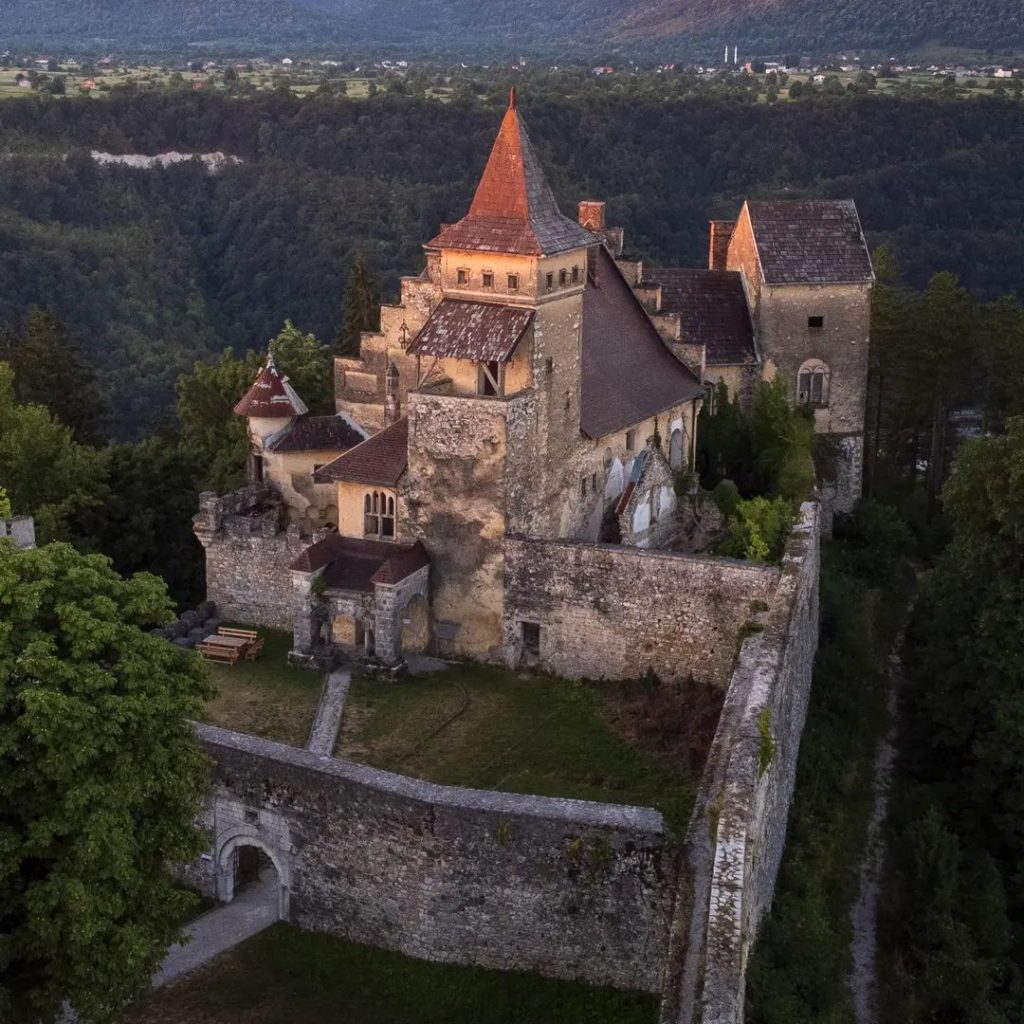
In 1896, Mehmed d Beširević, the final captain of Ostrožac, sold the fortress to Earl Lotar von Berks, then mayor of Bihać. Under his stewardship, Ostrožac underwent a remarkable transformation, marked by the restoration of the town and the construction of a magnificent castle in neo-Gothic style between 1900 and 1902.
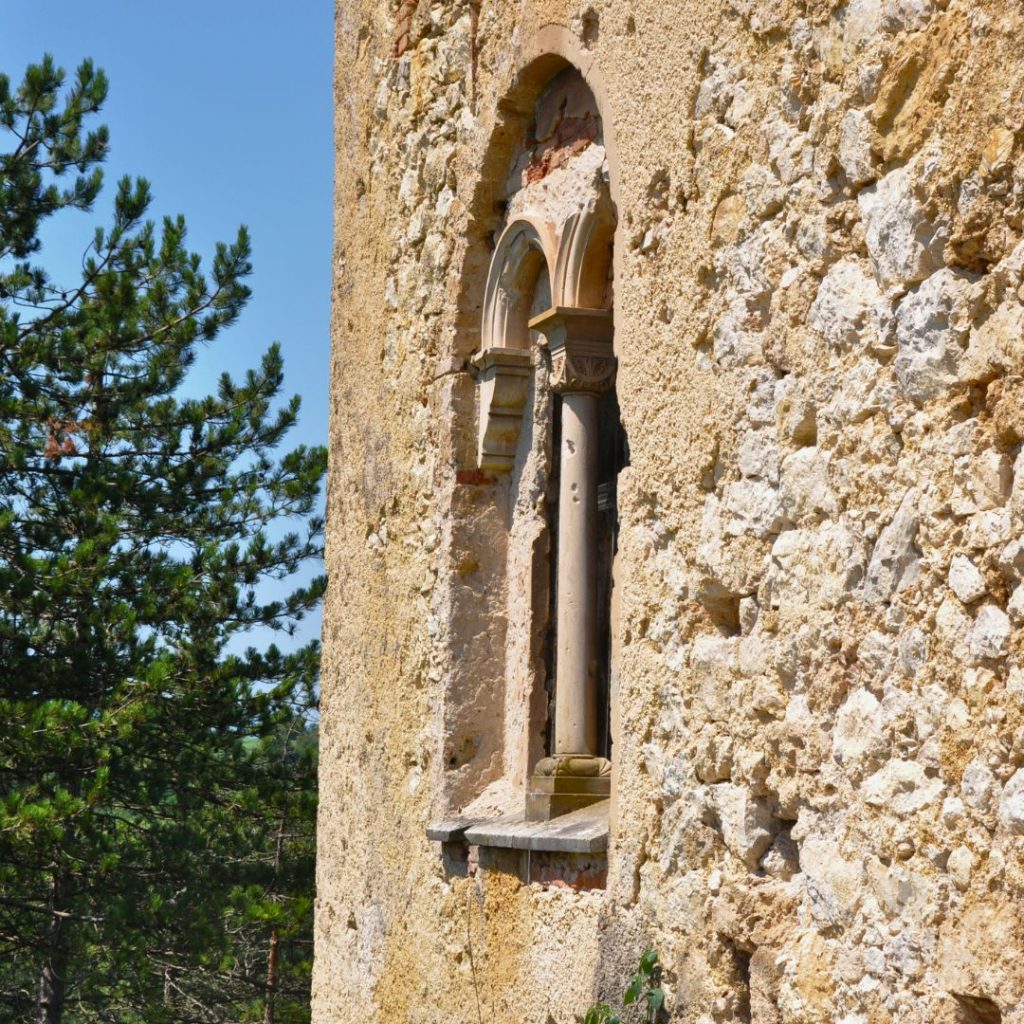
The grand castle boasted an array of rooms, reception halls, and apartments, offering a glimpse into the opulence of the era. To enhance accessibility, Berks commissioned the construction of a serpentine road leading to the nearby River Una, where an ancient bridge already spanned its waters (built in 1872/1873), connecting to the old town.
The legacy of Berks endured beyond his lifetime, as his family continued to reside in the castle until 1932, utilizing it as a summer retreat even after relocating to Slavonia.
Ostrožac Sculpture Colony
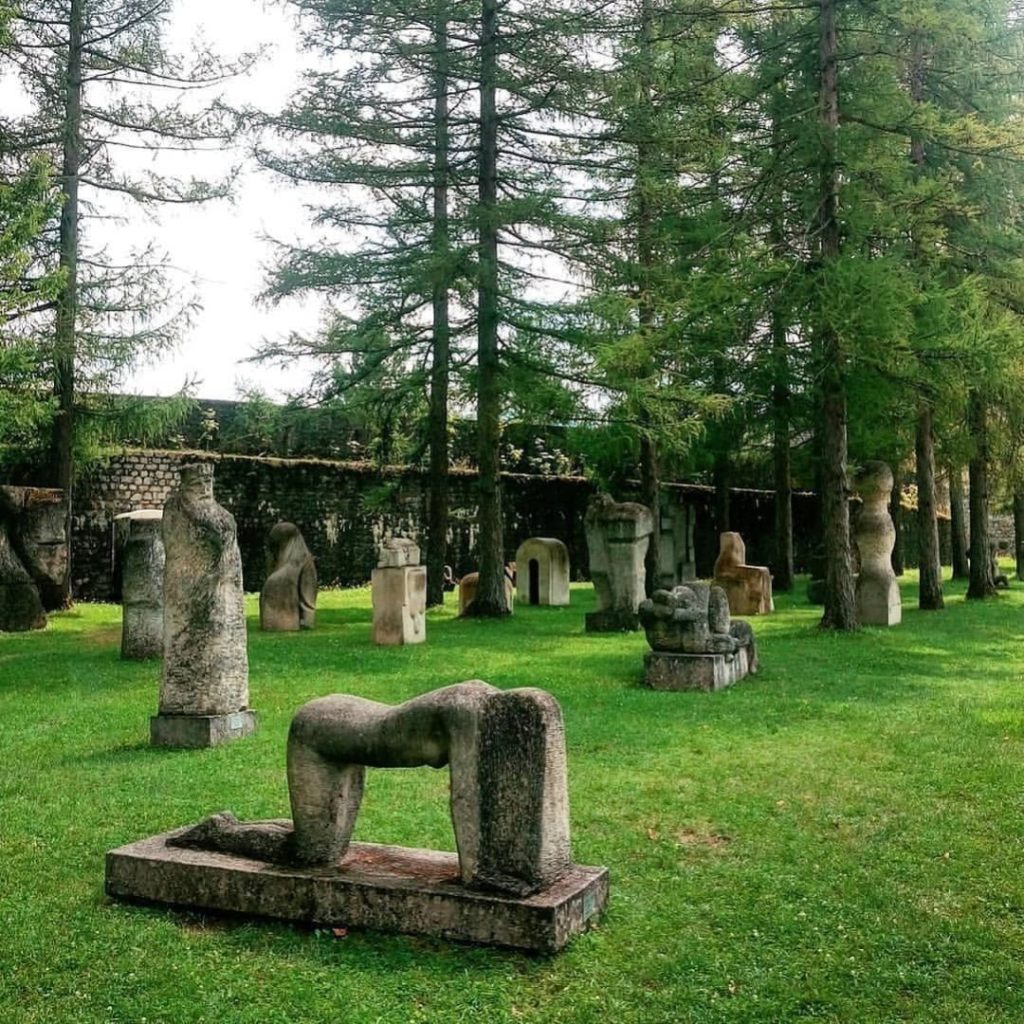
The artistic legacy of Ostrožac through the renowned sculptor’s colony is established in 1967. Spearheaded by the Republican Fund for the Improvement of Cultural Activities and the Association of Artists of Bosnia and Herzegovina (ULUBiH), this initiative attracted artists and sculptors from around the globe to Bihać County, Cazin, and Ostrožac. Here, they meticulously crafted their works from bihacit, a stone renowned for its miraculous properties.
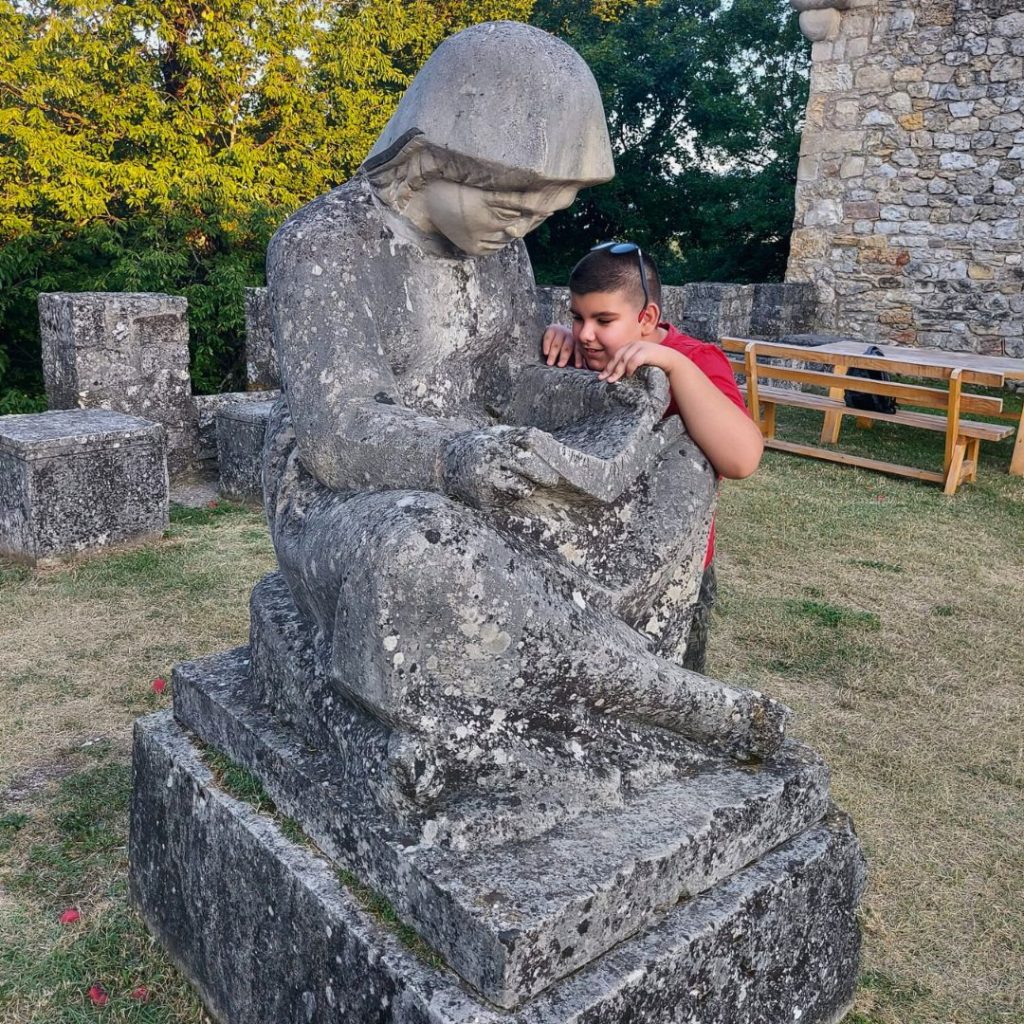
Thanks to this colony, the old town of Ostrožac now boasts a captivating sculpture park, offering a unique open-air gallery experience. In 2017, the “Ostrožac” colony celebrated its 50th anniversary, showcasing over 130 monumental sculptures crafted from bihacit stone.

Thanks to the Sculpture Colony, Ostrožac Castle has gained a Sculpture Park, a unique open-air gallery that further enhances its historical and cultural significance.

Perched on a hill overlooking the mesmerizing Una River, Ostrožac Castle treats visitors to breathtaking views of the surrounding landscape. The castle’s location provides easy access to several natural attractions, including the renowned Una National Park where you can discover the park’s crystal-clear rivers, cascading waterfalls, and diverse wildlife, adding to the allure of your visit.

The Bihac region boasts ancient cities, including Orašac Fortress, Stari Grad Ostrovica, Stari Grad Sokolac, Zamak Bjelaj, and Zamak Vrnograč, offering opportunities for exploration and discovery.



